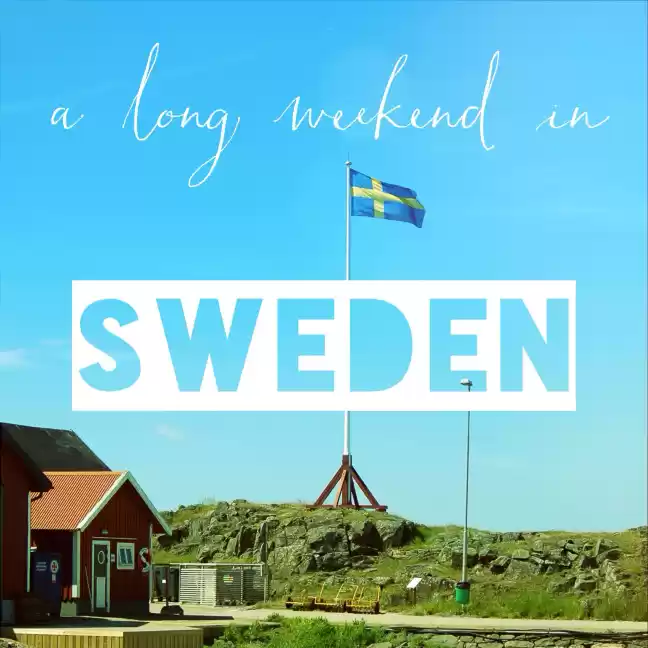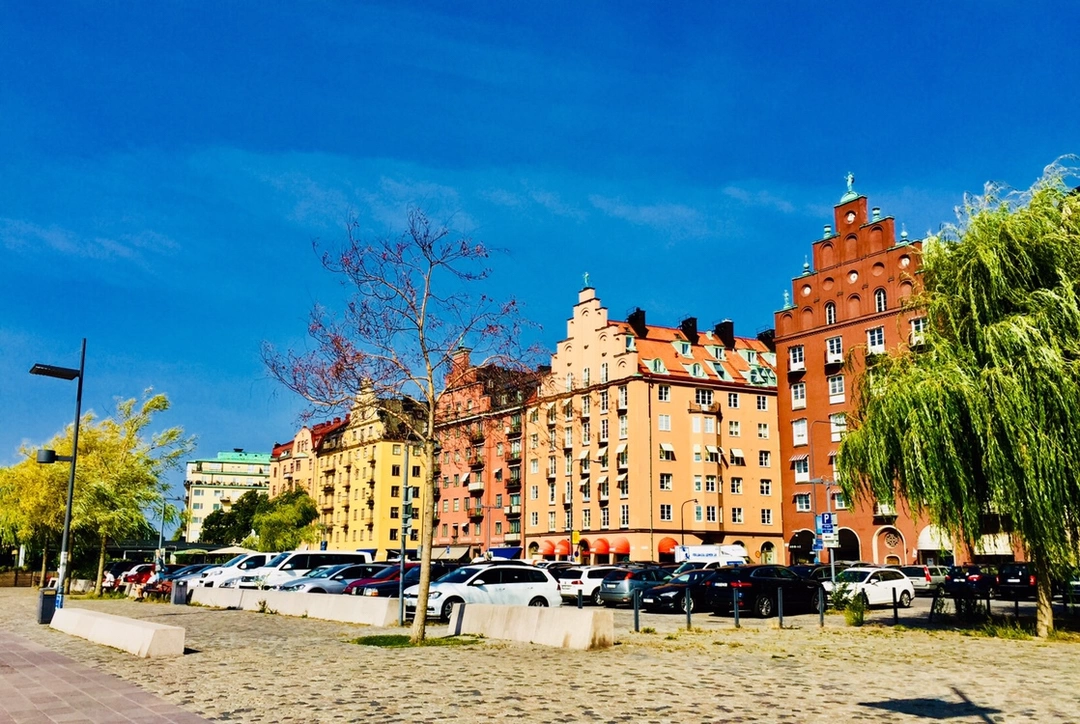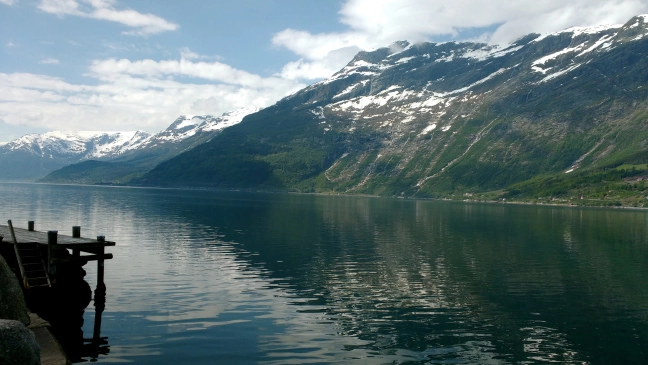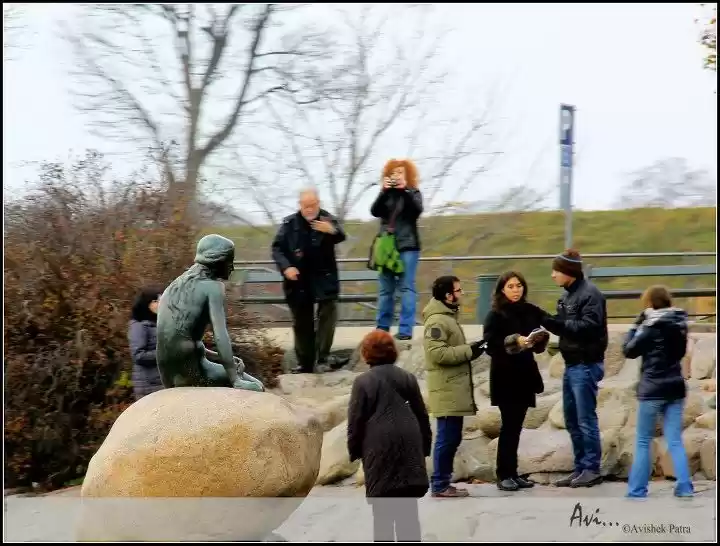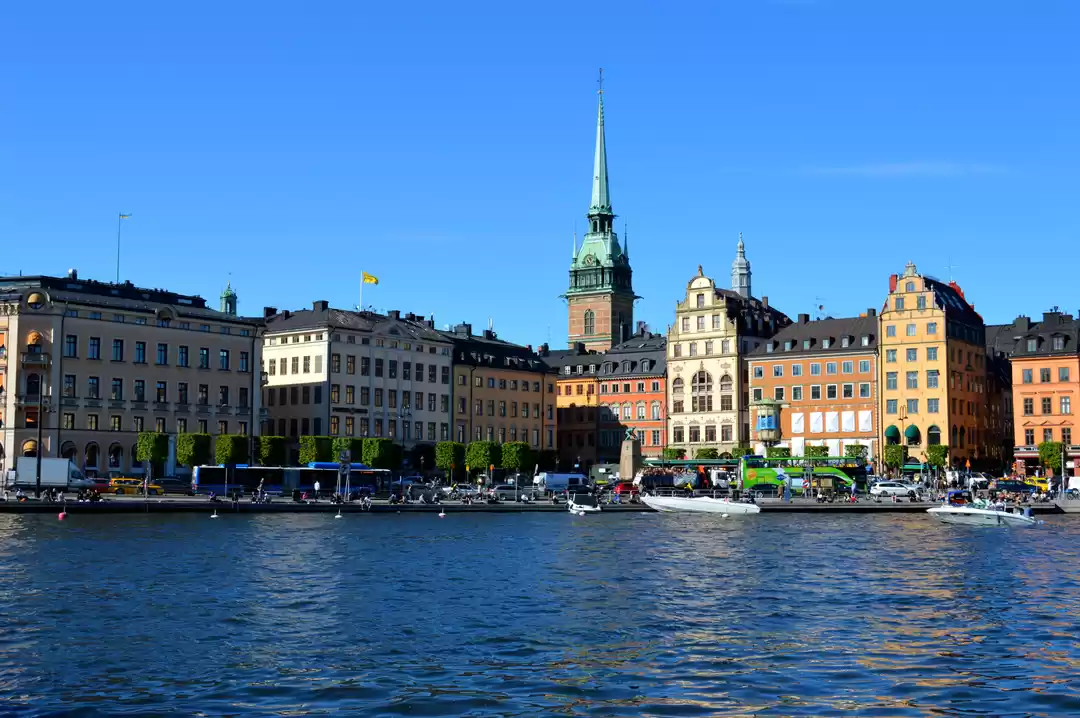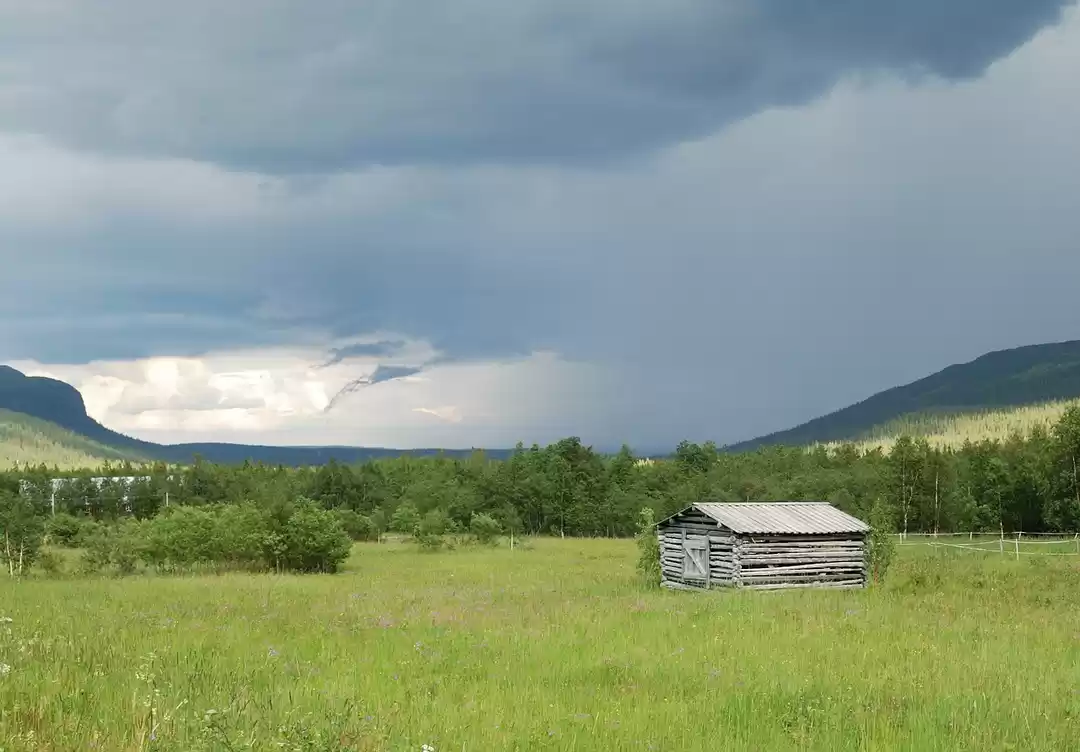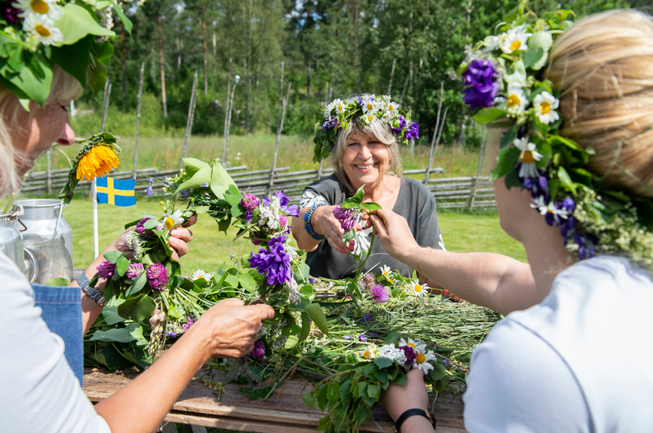The Northern Lights, also known as the Aurora Borealis, are among nature's most dazzling displays, enchanting travellers with waves of green, pink, purple, and blue light that dance across the night sky. If you’re dreaming of witnessing this breathtaking phenomenon, choosing the right location is key. Here’s a guide to some of the best places around the world to experience the magic of the Northern Lights.
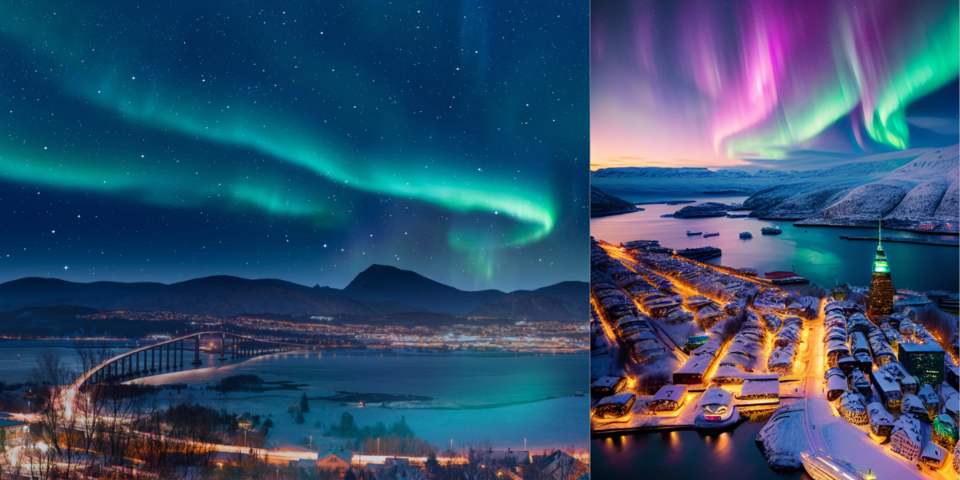
1. Tromsø, Norway
Tromsø is often called the “Gateway to the Arctic” and is one of the most popular destinations for Northern Lights enthusiasts. Located well within the Arctic Circle, this city offers prime viewing opportunities from September to April. In addition to the lights, Tromsø boasts beautiful fjords, snow-covered landscapes, and activities like dog sledging, making it a perfect destination for a winter adventure.
Best Time to Visit: Mid-September to mid-April
Tip: For the best experience, head outside the city for less light pollution—areas like Ersfjordbotn and Lyngenfjord are ideal.
2. Abisko, Sweden
Abisko, located in Swedish Lapland, is home to the Abisko National Park and the world-famous Aurora Sky Station. The station’s location on a mountain away from artificial light makes it an ideal spot for viewing the auroras. Abisko is known for its unique microclimate, which results in clearer nights than other spots in the region, enhancing your chances of seeing the lights.
Best Time to Visit: November to March
Tip: Book a stay near the Aurora Sky Station to maximise your chances, and consider joining a guided tour for an educational experience.
3. Reykjavik, Iceland
Iceland is a popular destination for aurora hunters, offering a mix of stunning landscapes and easy accessibility. While the lights can sometimes be seen right in Reykjavik, the best viewing is found outside the city, where the skies are darker. Take a trip to Thingvellir National Park, Jökulsárlón Glacier Lagoon, or the Snaefellsnes Peninsula for a truly awe-inspiring experience.
Best Time to Visit: Late September to mid-April
Tip: Rent a car and explore Iceland’s countryside, where you can combine Northern Lights viewing with other natural wonders like geysers and waterfalls.

4. Fairbanks, Alaska, USA
Fairbanks is one of the most accessible places to see the Northern Lights in North America. Situated under the "Auroral Oval," a region where aurora activity is most frequent, Fairbanks offers incredible viewing opportunities. Visitors can also enjoy the nearby Chena Hot Springs, where you can soak in warm waters while watching the lights dance across the sky.
Best Time to Visit: Late August to early April
Tip: Consider staying in an Aurora cabin or lodge with a glass roof for a cosy viewing experience without venturing into the cold.
5. Yellowknife, Canada
Yellowknife, the capital of Canada's Northwest Territories, is renowned for its clear, dark skies and high chances of seeing the Northern Lights. Known as the "Aurora Capital of the World," Yellowknife offers viewing opportunities from as early as mid-August. The area’s low humidity and flat terrain make for optimal conditions, providing uninterrupted views of the night sky.
Best Time to Visit: Mid-August to late April
Tip: Join a guided tour with local Indigenous guides to learn about the cultural significance of the aurora.
6. Rovaniemi, Finland
Rovaniemi, the capital of Finnish Lapland, is a magical destination for Northern Lights seekers. Not only is it the official hometown of Santa Claus, but it also offers numerous ways to see the auroras, from glass igloos to luxury cabins with panoramic views. Visitors can enjoy a mix of Northern Lights hunting and winter activities like reindeer sleigh rides and snowshoeing.
Best Time to Visit: Late August to early April
Tip: Stay in one of the many glass-domed cabins for an unforgettable experience—fall asleep under the starry skies and, if lucky, the shimmering lights.

7. Svalbard, Norway
For a truly remote experience, head to Svalbard, an archipelago situated halfway between mainland Norway and the North Pole. Svalbard is unique because, during the polar night (mid-November to mid-February), the sun doesn’t rise, offering a longer window for seeing the Northern Lights, even during daytime hours. The stark Arctic landscape adds to the sense of wonder.
Best Time to Visit: Late October to February
Tip: Be prepared for extreme cold and consider booking guided tours to ensure safety and local expertise.
Final Thoughts
Seeing the Northern Lights is a bucket-list experience that requires some planning and patience, as even the best locations can’t guarantee a sighting. Keep in mind that clear skies, a bit of luck, and getting away from city lights will greatly increase your chances. Whether you choose the rugged wilderness of Alaska, the charming towns of Scandinavia, or the vast expanses of Canada, you’ll be in for an unforgettable adventure.
So pack your warmest clothes, charge your camera, and prepare for a night under nature’s most spectacular light show!



